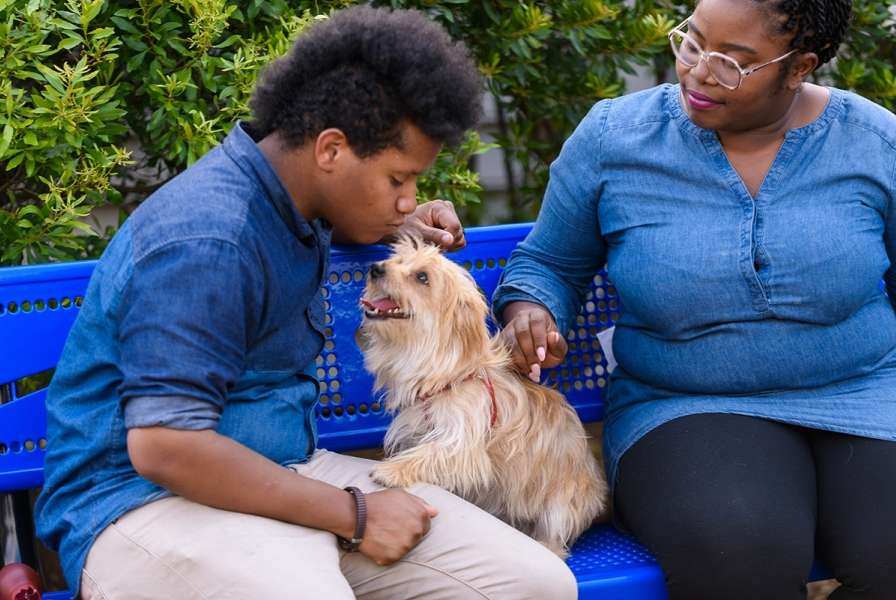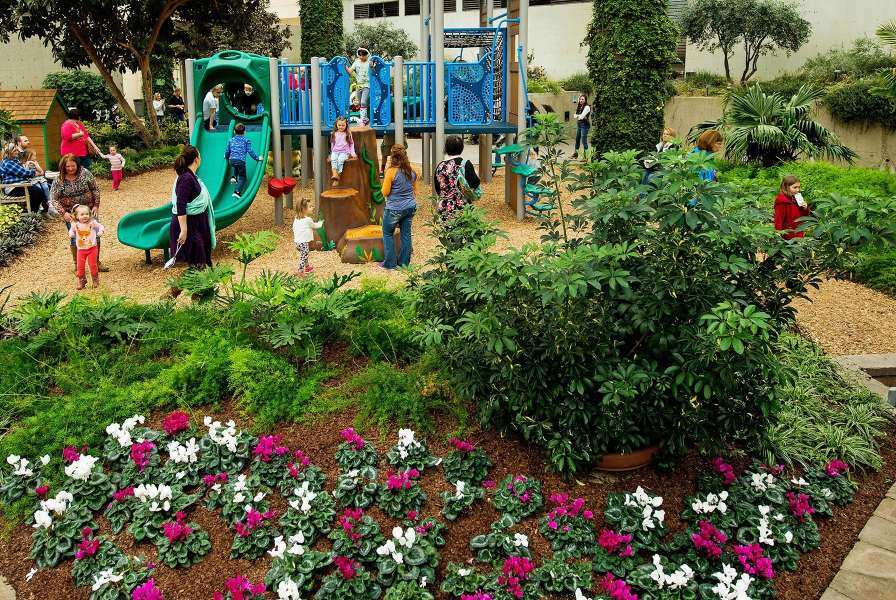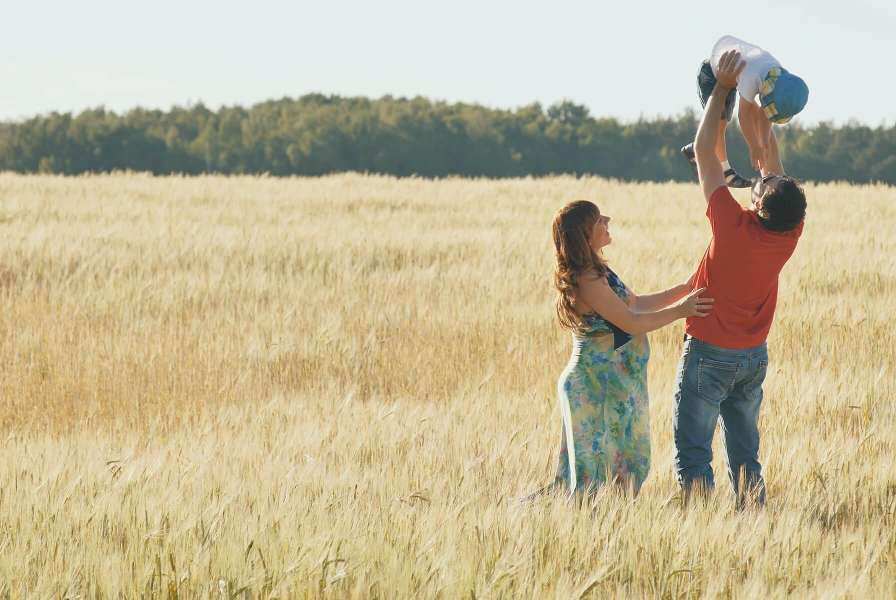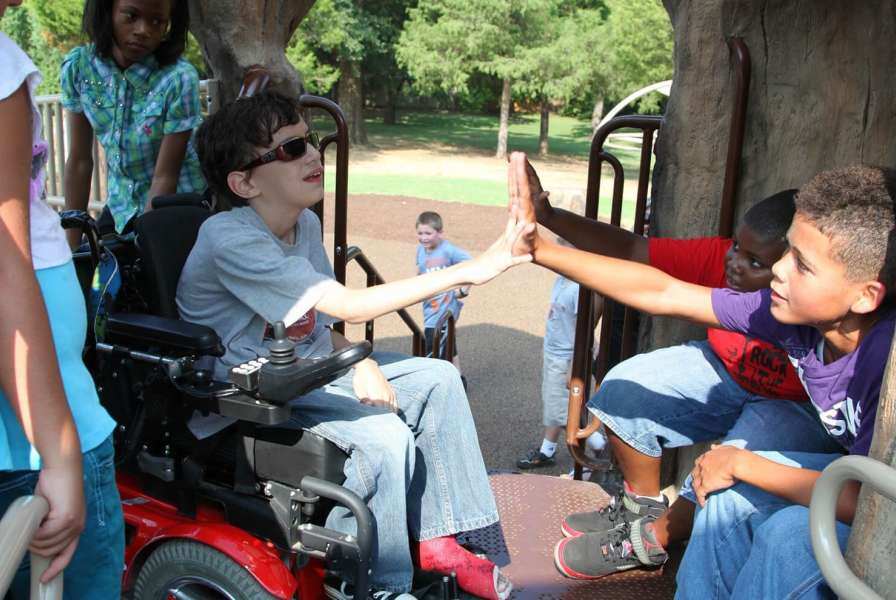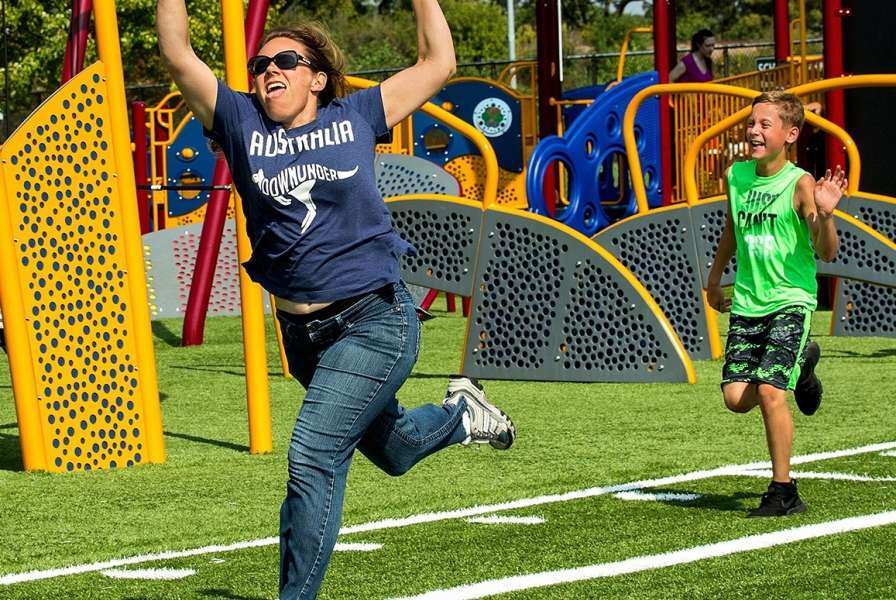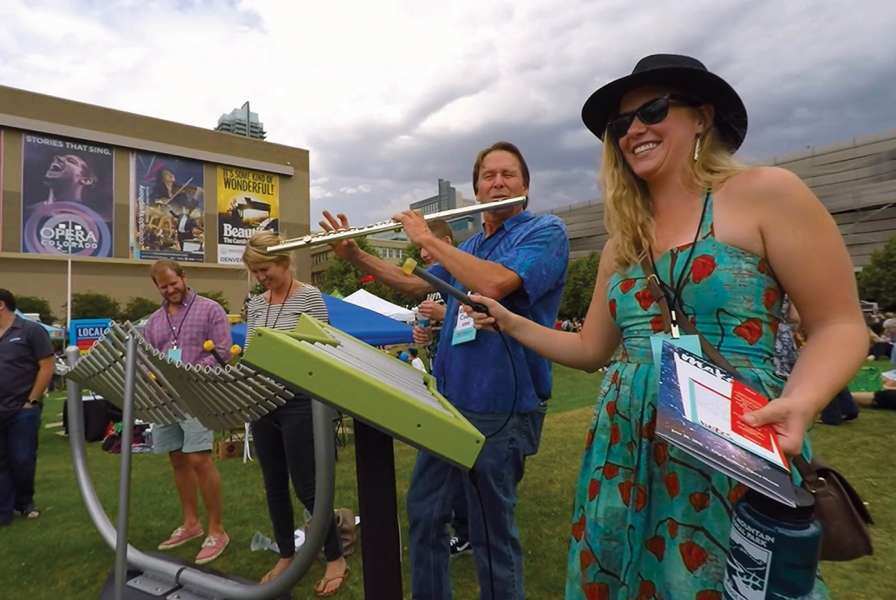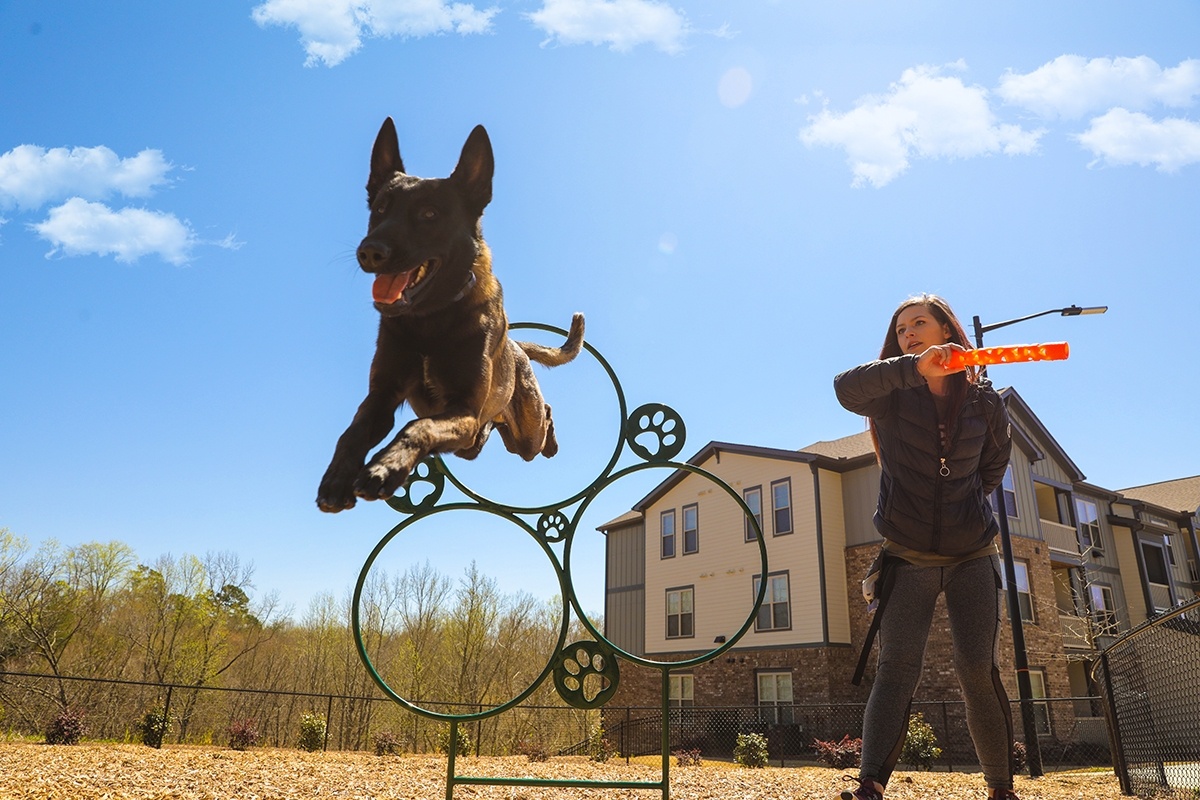
It is a winter sunrise morning, and Cookie, a 50 lb. female elegant ebony-haired mutt discovered a year ago at the local SPCA, and now a secure resident in my homestead, has just scratched on my home-office door, and with sparkling eyes wants to say good morning. I open the door to licks and half-jumps, a few vocal squeaks, a quick romp around the office, and my day starts off with a glow she has provided. The neuroscientist in me says, “she must have sparked the release of my latently sequestered brain-harbored oxytocin!” Whatever has happened, it is so good to have this dog, and share our companionship.
Whenever I have the opportunity to write a blog for PlayCore, and ponder what aspects of play and play science to emphasize, I find myself enlivened by the breadth of play applications that are so practically addressed and expanded though its manifold corporate endeavors. So, it is because that not only do I obviously have a soft spot for the whole gamut of human-dog play, but I know that the dog park element is an important and growing PlayCore focus.
By looking broadly at the intricate, long and varied human-dog attachment history, such an endeavor evokes deeper appreciation for our unique bonding with them. This historic perspective, combined with some current neuroscience explanations allows even greater appreciation for the special experiences our dogs provide for so many of us. Dog parks offer, particularly in congested urban settings, the opportunities to play and bond – all to the betterment of the dogs and owners.
Humans and dogs have been inseparable for eons. Evidence of mutual involvement has been documented for over 33,000 years, with mutual burials dated for at least 15,000 years. No surprises here. Despite the obvious evidence of our being differing species, we humans and dogs do love and care for each other and have since prehistory.
In reviewing the existing PlayCore material available through its web site, I find the well-researched “Unleashed,” a publication describing optimum conditions for planning and designing leash-free dog parks, with some of the following emphases.
- The value of dog parks
- Health and well-being benefits
- Social and community benefits
- Choosing a location
- Dog-friendly settings
- Promoting usage
- Building a dog park
- Marketing and programming your dog park
So it is evident that PlayCore has recognized dog parks’ importance, and is committed to their being well-positioned, designed, and used. But since my focus here is to promote and provide a deeper and greater understanding of the nature and the benefits of play, I will leave the planning and building to the PlayCore experts. My experience is geared toward understanding and promoting the boisterous joyful outcome of most dog parks, which is often the result of unfettered dog-dog and human-dog play which good parks foster and promote.
The existing writings about dog parks do not allow easy generalizations about them, as they differ in size, congestion, and codes of owner and dog behaviors, but some well-studied parks provided solid data and useful conclusions. Of the many dog-dog interactions, one study has shown in more than 1000, less than 2% involve aggression. And even in these unfortunate circumstances, of the 2%, injuries are very, very rare. So the common (wrong) impression of serious aggression being a part of dog park norms is just not accurate. Other larger studies of dog-dog interactions report predominantly positive outcomes, for both the dogs and the increased socialization among owners, with trends over the years of observation toward better and better dog and owner behaviors, despite reports of owner over control, bully dogs and the occasional nut-case owner or serious dog aberrations.
One observation that has been commented on repeatedly is the problem of well-meaning but naive owners unfamiliar with the exuberance and intensity of normal rough and tumble, rather wild unfettered play, not recognized as a normal dog response to open unleashed play opportunities. This lack of recognition of the difference between serious aggression and the pseudo aggression of rough and tumble play results in many owners preventing their pups from freely engaging in this normal dog pastime. My dear friend Marc Bekoff, dog play expert extraordinaire, (I filmed him with his dog, Jethro for the National Geographic 28 years ago) now emeritus professor of Colorado U., is a real authority on dog (and animal) play. For those of you with a scholarly bent, he can be googled and his writings on dog parks and his books and writings about animal play behaviors and more provide in-depth well written material that will take you beyond this blog.
But in order to better define some elements of dog play and differentiate them from non-play, we provide the following descriptions.
When two or more dogs unfamiliar with each other meet, often the butt sniffing exploratory hello is off-putting for some owners. However, my experience in unleashed situations is that the mutual tail wag provides entrée to the endeavor - becoming a quick offer to miss the butt sniffing preliminaries and get right to the full on rough and tumble romp. Some instances precede the play with a formal play bow. Others (like Cookie) get flat on bellies with legs extended until a mutual play signal is passed and the rough and tumble chase and escape wild melee is mutually agreed upon often from 10 feet or more distance. But it is fun to note that many other play signals get passed continuously during this highly intricate form of play. Usually each dog involved has a continuous “play face” during the episode…. an open mouthed, lips covering the majority of the teeth almost smiling, tongue often protruded invitation to keep the romp going. And romp it is… paw slapping, play biting (not hard enough to hurt). If aggression is the intent, one or both of the invitees will show fangs, lips retracted, growling obvious that this is not to be… play. Usually if one or both or more dogs are involved, and the signals are mixed, that is, not all have agreed to play, the group breaks up without a big fight or without the mutual agreement that playground rules (no aggression) is the order of the day, and agreed upon.
In over 15 years of off-leash encounters at the Carmel Beach, I have yet to see or hear of a serious fight, and my visits constitute hundreds of strangers and all sizes and breeds of dog-dog and dog-human boisterous interactions. Certainly a few very particular owners prevent open play, but they are the exceptions.
For those readers who have not pondered the intricacies of dogs at play, and in particular in order for the contagion of dog play to reach the emotions of a dog park dog-watchers, here are some descriptions of the play “states” that dogs exhibit, and which may provide a guide at least to the deep instinctive forces that so beautifully emerge in spontaneous doggie play.
- Anticipation of play- gives the dogs and us a shot of dopamine
- Surprise- Likely a bit of nor adrenaline to prime new brain circuits
- Pleasure- likely surge of endocannabinoids that keep the play state going
- Understanding- likely the rough and tumble play activates latent cortical genes that opens up new circuits in the cortex
- Strength- The exuberant exercise adds muscle, agility etc. etc.
- Poise- Current research lends me to believe the neurotransmitter or gene activation prompts this one, but likely it is cerebro-cerebellar circuit enhancement from the multiple movements, social intricacy etc. inherent in rough and tumble play.
In closing, what is of particular fun for me is to find that the contagion of play when I experience it full on in dog-dog play has a mood and body-altering effect just from watching it! And this is true for all of us. Having a down day? Pandemic isolation giving you loneliness feelings? Take your dog to a dog park, and inhale the pure freedom of their play as nature has dictated!
-Stuart Brown
